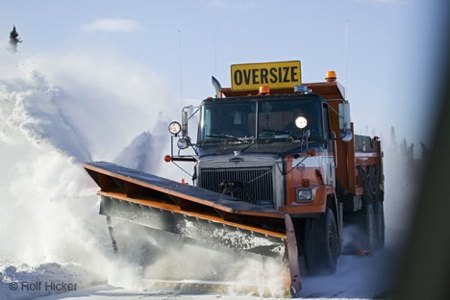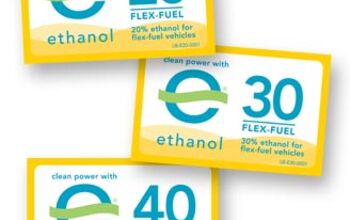E85 Boondoggle of the Day: Snow Job
The E85 BOTDs are less frequent these days. Thanks to low gas prices, the ethanol industry has run headlong into what they call the “blend wall.” In fact, the corn juice supply so far outpaces demand that government subsidies, mandates and [the E85 folk hope] bailout bucks are all that stands between the industry and total collapse. In other words, here’s another auto-related enterprise whose survival depends on the taxpayers, rather than commercial success. So when I encountered E85 consumption figures for Iowa on MidwestAgnet.com, I nearly fell out of my chair. Well, OK, I’m too old for that action, but the numbers indicated a huge jump. [jump after the jump] And the answer is… “Quarters prior to 4th quarter 2007 did not include government gallons. Beginning with the 4th quarter 2007, government gallons are included.” I’m not entirely sure what government gallons are, but whatever they are, you can bet your bippy the tank-fillers had little say in the matter. There’s some interesting info if you follow the links to Iowa’s fuel tax revenue. Year-to-date to November 2008, the state collected $198,280,544. Of that, E85 accounted for $44,683. The year previous: $35,705. And this, folks, is The Tall Corn State.
Iowa E85 sales by retailers for 3rd quarter 2008 are 2,208,837 gallons.
Iowa E85 sales by retailers for the year 2007 were:
1st Quarter — 407,932 gallons
2nd Quarter — 800,491 gallons
3rd Quarter — 941,547 gallons
4th Quarter — 1,270,587 gallons
2007 total — 3,420,557 gallons
Iowa E85 sales by retailers for the year 2008 were:
1st Quarter — 1,302,480 gallons
2nd Quarter — 2,217,095 gallons
3rd Quarter — 2,208,837 gallons
More by Robert Farago


































Comments
Join the conversation
I'm guessing that government gallons are gallons put into trucks and taken somewhere to be dumped.
The price of oil was largely a product of speculators, many of which were wiped out when the bubble burst. It's perfectly reasonable to think gas prices are going to stay reasonable for the next 2-3 years. Bubbles typically take 4-6 years to inflate.
My guess is that "government gallons" refers to fuel that the local/state/federal governments buys for fleet use. Oftentimes fleets have their own fuel reserves, and if the the fleet at Iowa State is any indication they tend to be very ethanol-centric.